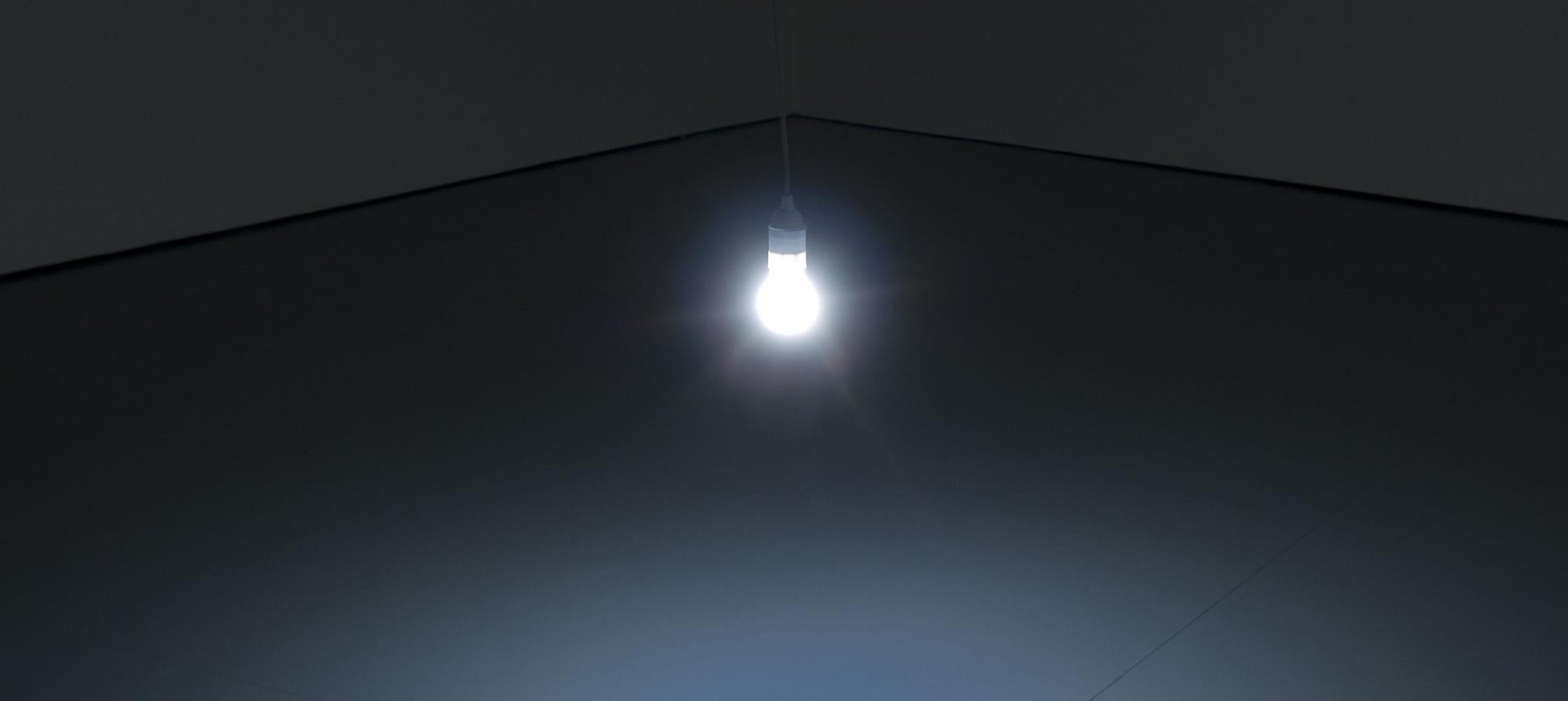In Another Time: Katie Paterson
Introducing Katie Paterson’s work as “on the origins of time and space” may not be inaccurate but is almost certainly alienating. It conjures up the image of an artist desperate for scientific knowledge, for divine understanding, and would seem to set up her entire artistic production for failure. Luckily, while Paterson circulates with scientists, she doesn’t pretend to be one. She wisely avoids dressing up her artworks as answers to deep and meaningful questions (a trap much contemporary art falls into, for example “said artist questions the very nature of living, and the limits of blah blah blah”). She acts instead as an explorer and commentator, who works from the premise that in investigating the universe she may find interesting ideas for art, and this she certainly does.
Katie Paterson doesn’t enter the unknown. She deals with the familiar and the unfamiliar in equal proportions, which is why her art is successful.
In each of her works, there is an aspect that is instantly recognisable. Beethoven’s Moonlight Sonata must be one of the most memorable and well-known pieces of piano music, which Paterson takes advantage of in ‘Earth-Moon-Earth (Moonlight Sonata Reflected from the Surface of the Moon)’, 2007. The music is used as a way of sounding the process of space travel; time acts as a distortion pedal warping the original melody. Space, which we ordinarily think of as a silent presence, now actively silences, as the sonata is altered by the absence of notes “lost” in space in the process of reflecting it from the surface of the moon. Therefore, space travel is materialised as pregnant pauses, missing moments on Earth. The light bulb of ‘Light Bulb to Stimulate Moonlight,’ was made both ordinary (familiar) and extra-ordinary; still resembling a light bulb in exterior appearance, while also giving off the impression of moonlight, adding new intrigue and appeal to this mundane object. On a map, the artist marks out the 27,000 stars that have died since mankind began making a record. ‘All the Dead Stars’ is laid out like a map of our world, with groups of stars clustered where land-masses form our Earth’s continents.
What interests me most about Paterson as an artist, then, is the distance she (through her work) stands away from the concepts she engages with. By drawing on common human experience, she brings us closer to the distant or inconceivable, invoking in the viewer enough intrigue that we may approach the art with childlike curiosity without being dwarfed by fear. It would be very easy to say that these artworks are about the sublime – that is: the awe-inspiring greatness of nature, in comparison with which man seems insignificant – and indeed this is the tradition of thought that Brian Dillon alludes to in the catalogue essay. However, I don’t think Paterson’s works do speak in the language of the sublime, which would inspire a synesthesia of terror and wonder. Rather, she takes what might be a sublime experience and familiarises it; instead of placing the stars at a distance to us, Katie Paterson brings them closer – they become containable objects that can be considered intimately by the viewer. We are able to consider the substances of supernatural matter face-to-face, highlighting the artist’s assertion that we are all made of the stars.
For example, in ‘History of Darkness’, the sublime concept of the universe as an inconceivable void is made amicable. The series of thumbnails depicts the universe at different points in time (distances in light years away from the earth) laid out over a tressel table, self-lit like a lightbox. These boundless spaces of unadulterated black represented in fun-size form, which are just as black and empty in miniature as they would be in our actual experience. Set to this smaller scale, we are able to peer over many points in time at once, and hold our noses close to any single one. With such artistic ease, Paterson brings us to intimacy with infinity.
To this childlike curiosity, she adds a subtle humour, which proves that she has chosen not to take her steps into the intrepid too seriously, and rightly so. If you enter the Mead Gallery from the left hand entrance, you are welcomed by the sound of a star dying – ‘Dying Star Doorbell’, 2010. Look right from here, and you will see, lining the length of the wall, two years’ worth of letters of condolence addressed to Professor Richard S. Ellis of the Cahill Centre of Astronomy and Astrophysics, whose job it is to report to fellow space scientists the death of every star. Here the artist treats the stars as strangely human, and yet her response is automated “I’m sorry to inform you of the death of the star [number],” which makes the piece ‘The Dying Star Letters’, the most ironic and comic of all her works.
There’s not a weak piece in Katie Paterson’s In Another Time. The artist has steadily produced consistently interesting works, which are both conceptually cohesive and non-exhaustive. The Mead Gallery presents the artist as a bright and worthy star, with neat, sensitive curatorship and attentive research. There’s a bright future ahead for Katie Paterson. I’m hoping my next encounter with her work won’t sound like the death of this rising star.
Katie Paterson, In Another Time is held at the Mead Gallery in Warwick Arts Centre. It’s free, and open Monday-Saturday until 22 June.

Comments